Recent News
With inspiration from “Tetris,” MIT researchers develop a better radiation detector
The device, based on simple tetromino shapes, could determine the direction and distance of a radiation source, with fewer detector pixels.
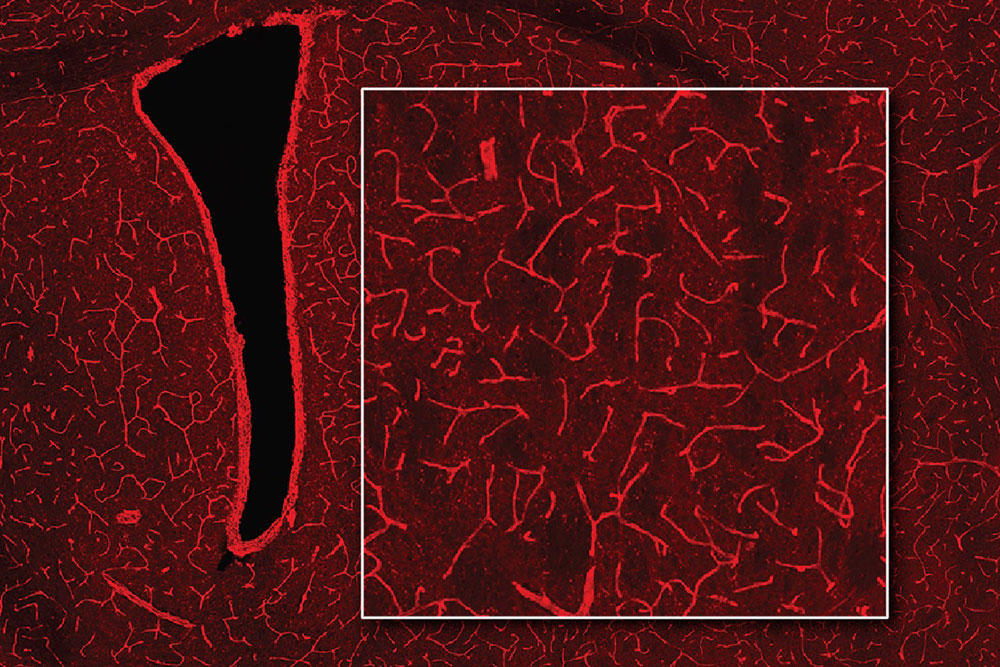
|
Using MRI, engineers have found a way to detect light deep in the brainThe new technique could enable detailed studies of how brain cells develop and communicate with each other. |
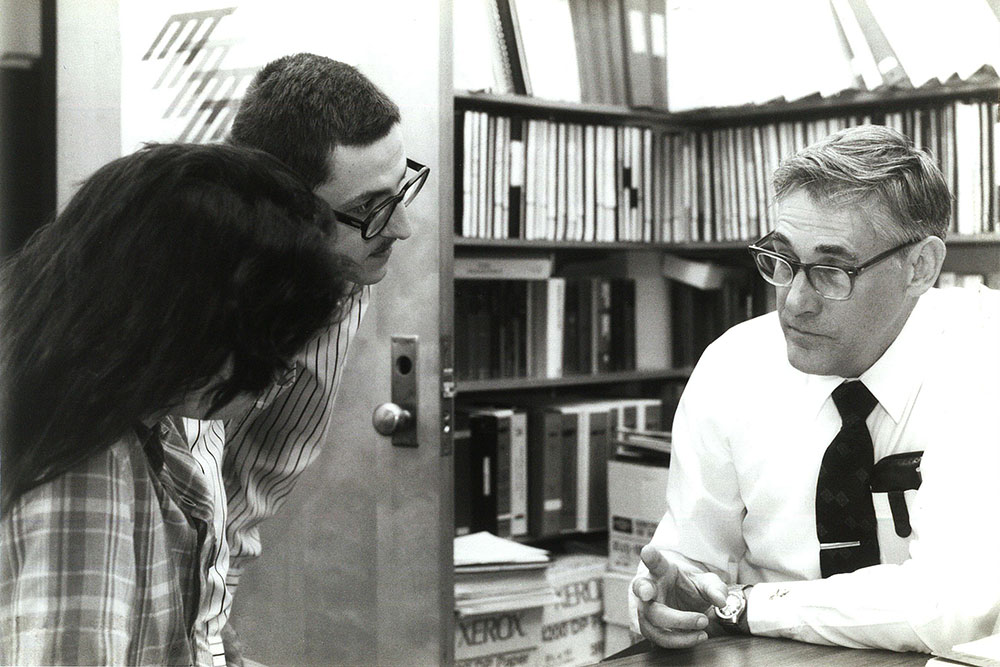
|
David Lanning, Course 22 professor emeritus and key contributor to the MIT Reactor, dies at 96Remembering the research contributions of a nuclear engineering expert and passionate teacher |
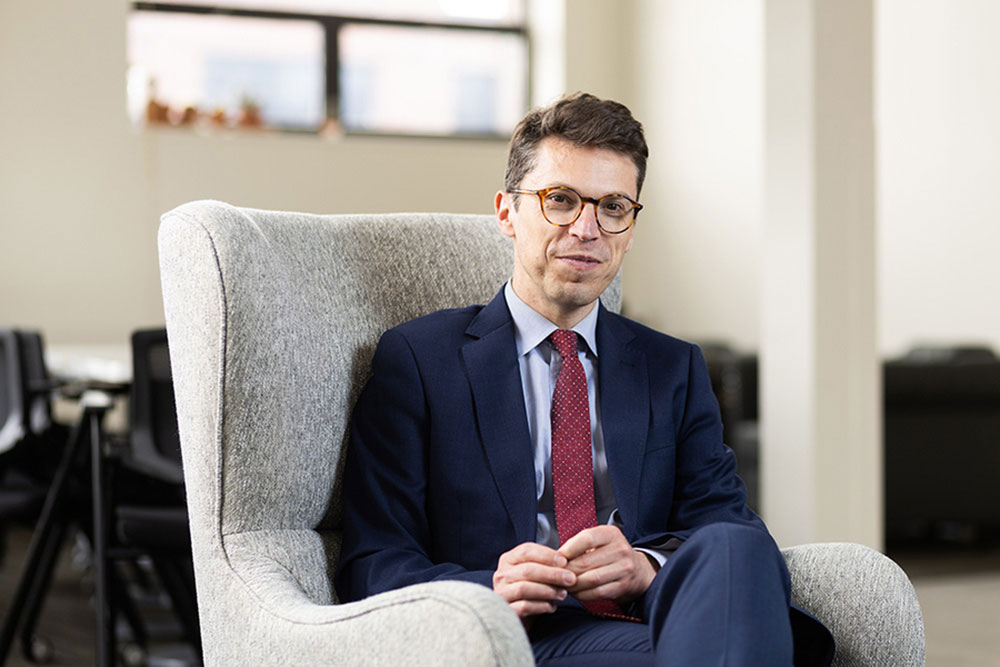
|
Nuno Loureiro named director of MIT’s Plasma Science and Fusion CenterA lauded professor, theoretical physicist, and fusion scientist, Loureiro is keenly positioned to advance the center’s research and education goals.Loureiro succeeds Dennis Whyte, who stepped down at the end of 2023. |
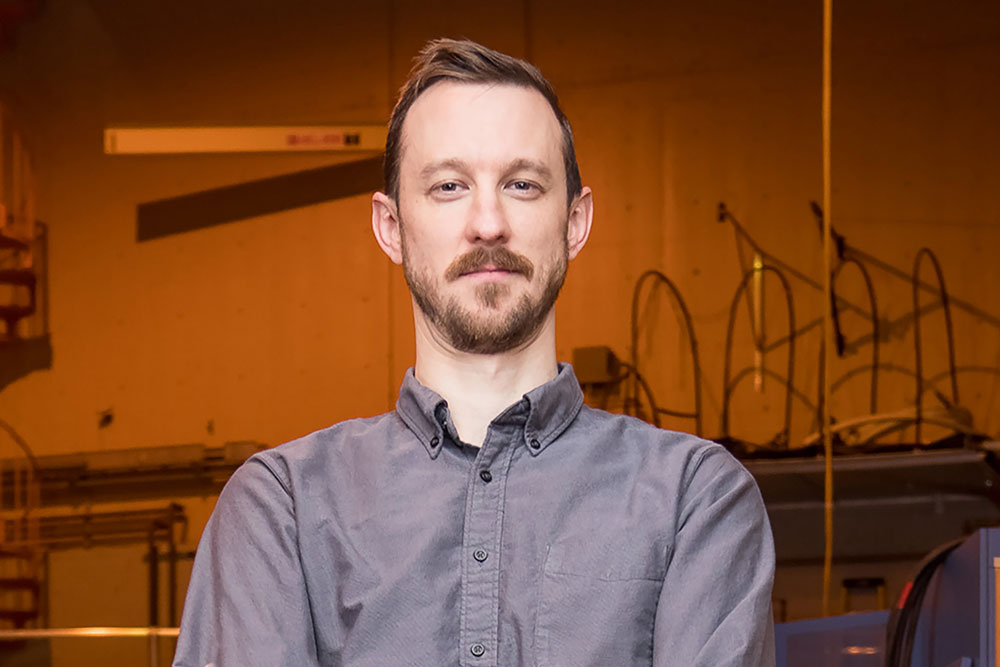
|
Zach Hartwig honored as “Committed to Caring” for 2023–25The Committed to Caring (C2C) program at MIT is a student-driven initiative that celebrates faculty members who have served as exceptional mentors to graduate students. Hartwig is one of twenty-three MIT professors have been selected as recipients of the award for 2023-25, marking the most extensive cohort of honorees to date. |
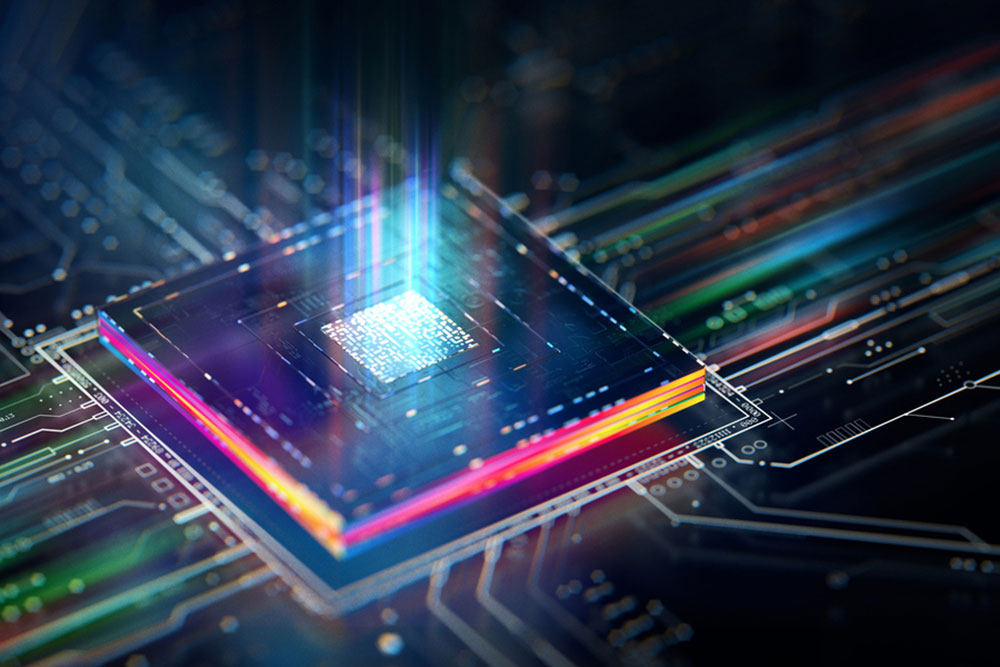
|
Mingda Li, one of two MIT teams selected for NSF sustainable materials grantsChosen from 16 finalist teams, Prof Li’s project will be finding pathways to scale up sustainable topological materials, which have the potential to revolutionize next-generation microelectronics by showing superior electronic performance, such as dissipationless states or high-frequency response. |
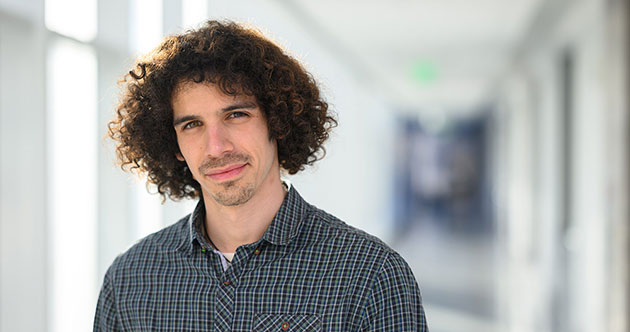
|
SPOTLIGHT: Modeling the threat of nuclear warAs part of his doctoral studies in MIT’s Department of Nuclear Scienc and Engineering, Eli Sanchez focused on understanding whether hypersonic missiles are a threat to global security. |
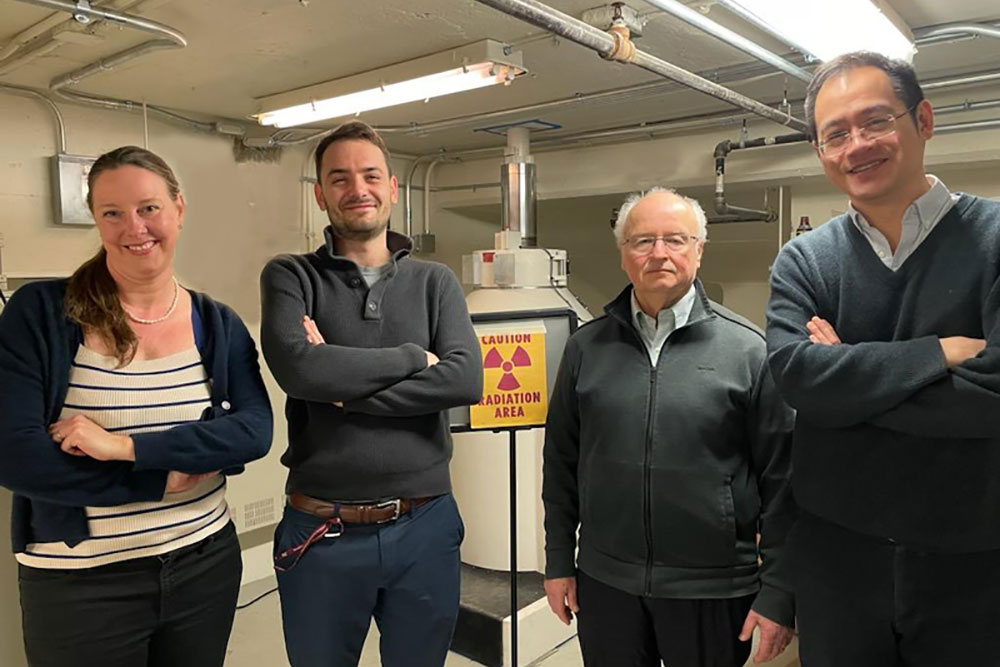
|
A new way to detect radiation involving cheap ceramicsWork by MIT engineers could lead to plethora of new applications, including better detectors for nuclear materials at ports. |
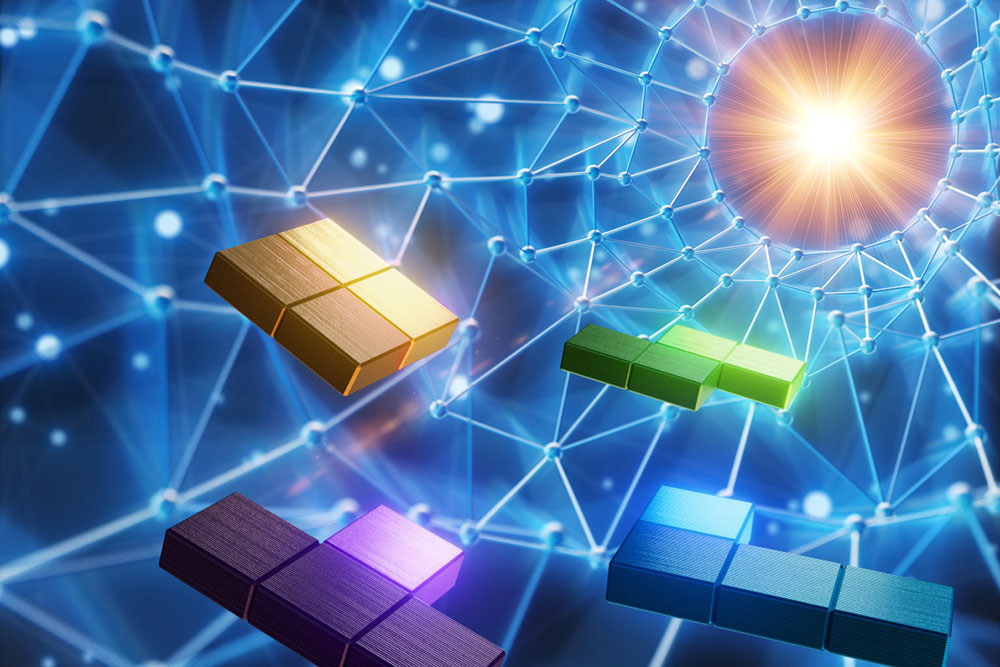
|
With inspiration from “Tetris,” MIT researchers develop a better radiation detectorThe device, based on simple tetromino shapes, could determine the direction and distance of a radiation source, with fewer detector pixels. |
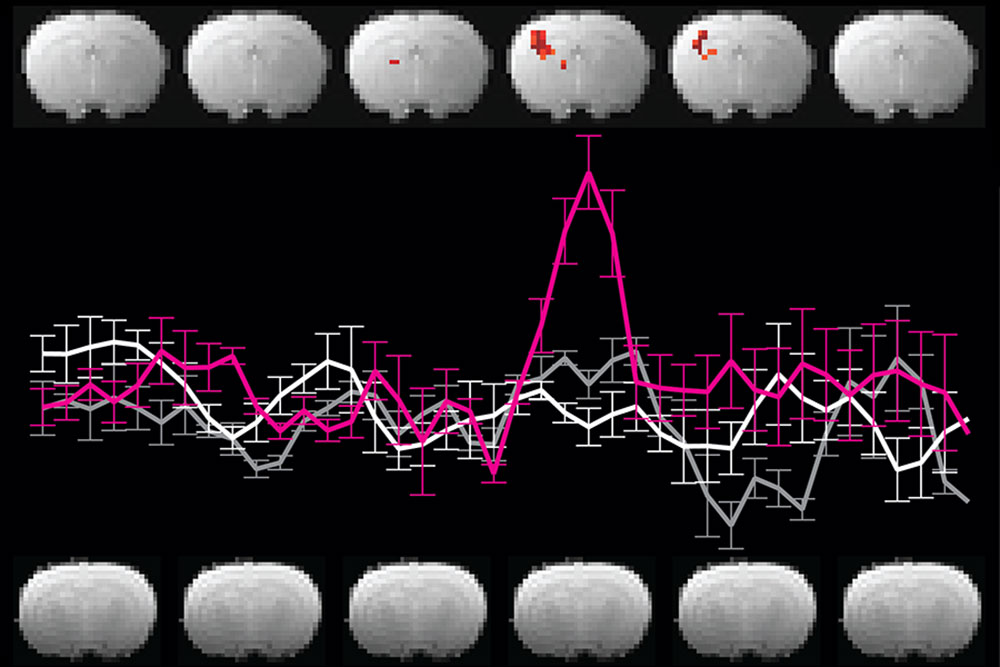
|
Reevaluating an approach to functional brain imagingAn MRI method purported to detect neurons’ rapid impulses produces its own misleading signals instead, an MIT study finds. |
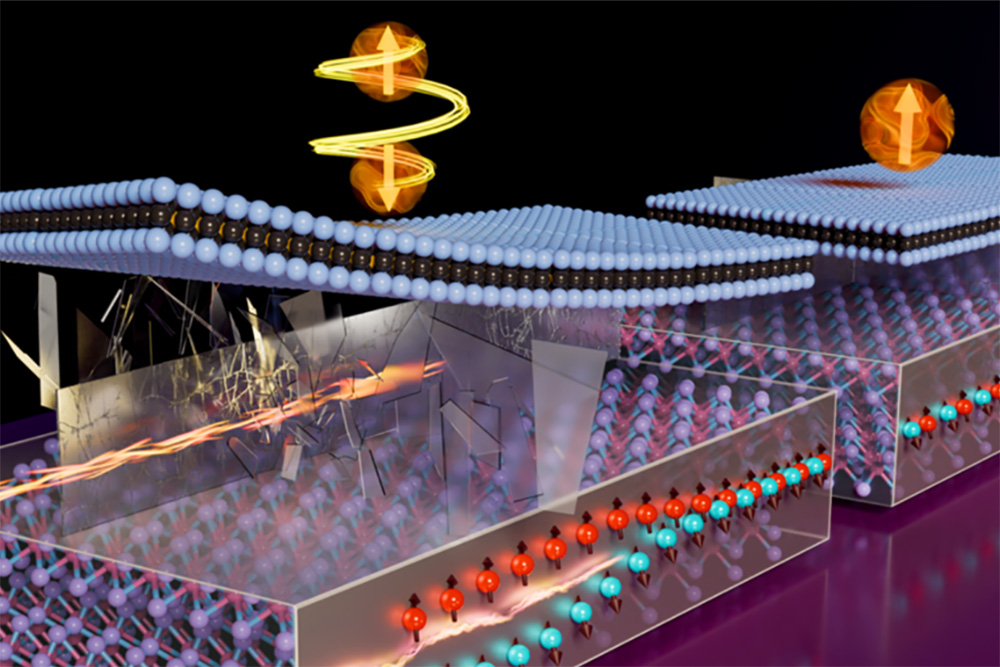
|
Propelling atomically layered magnets toward green computersMIT scientists have tackled key obstacles to bringing 2D magnetic materials into practical use, setting the stage for the next generation of energy-efficient computers. |
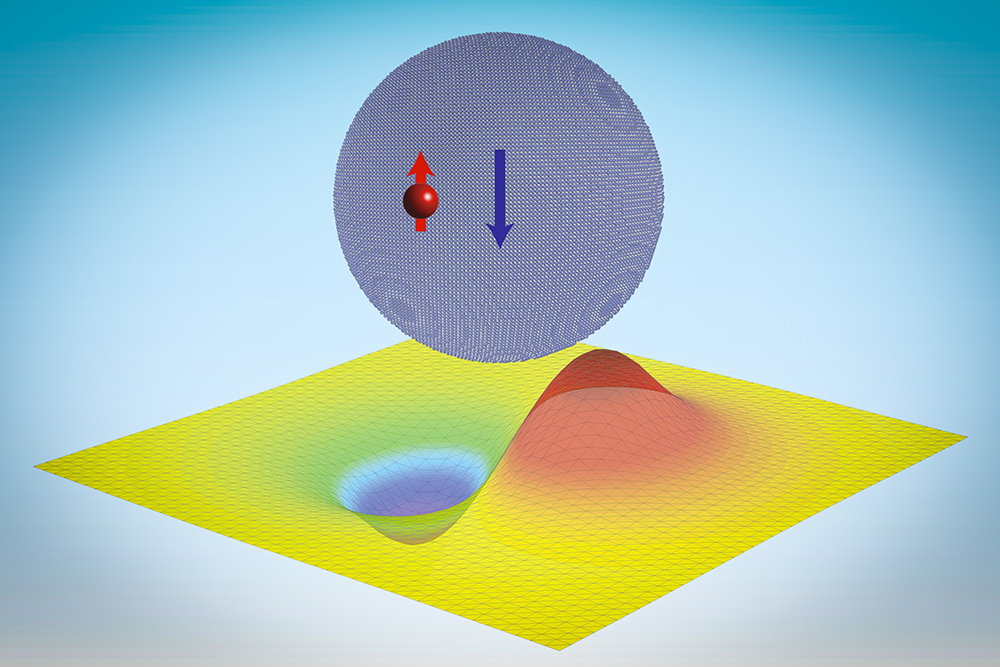
|
NSE researchers discover “neutronic molecules”A study by graduate students Hao Tang and Guoqing Wang, and profs Ju Li and Paola Cappellaro, shows neutrons can bind to nanoscale atomic clusters known as quantum dots. The finding may provide insights into material properties and quantum effects. |
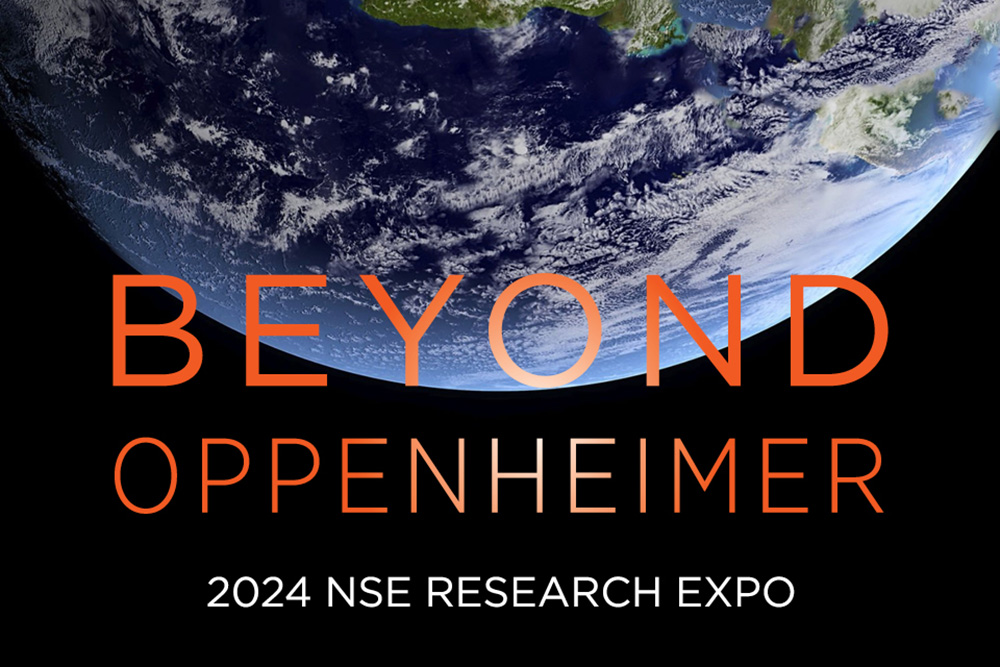
|
2024 NSE Research ExpoThe MIT Department of Nuclear Science and Engineering hosts its annual Research Expo on April 26, 2024. The event will showcase NSE research from across the Department. |
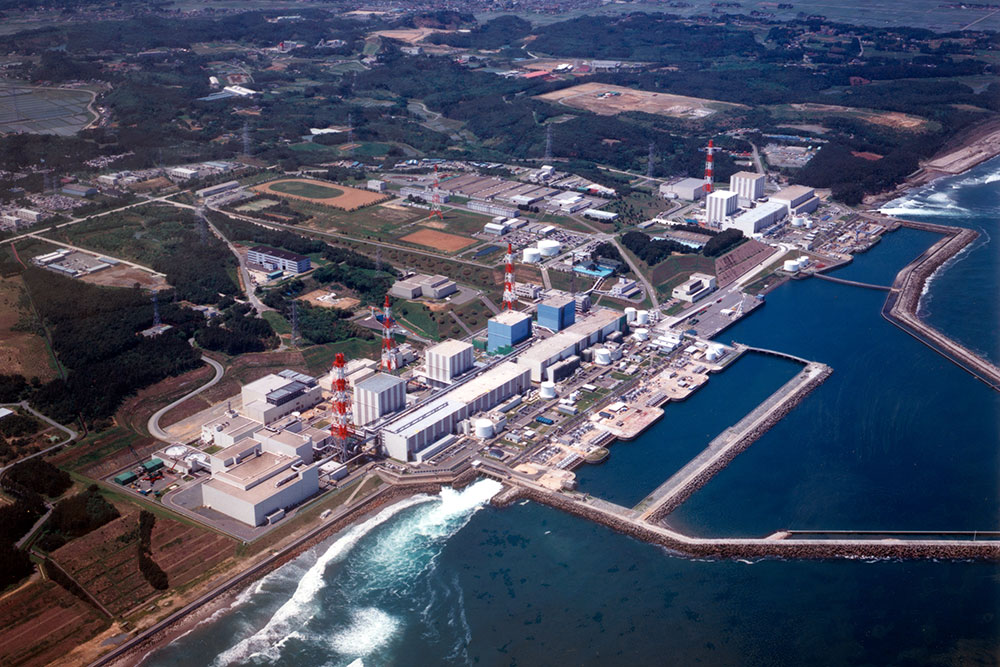
|
Lessons from Fukushima: Prepare for the unlikelyAn analysis of the 2011 nuclear accident reveals a need for more preparation, training, and protocols for responding to low-probability accidents. |
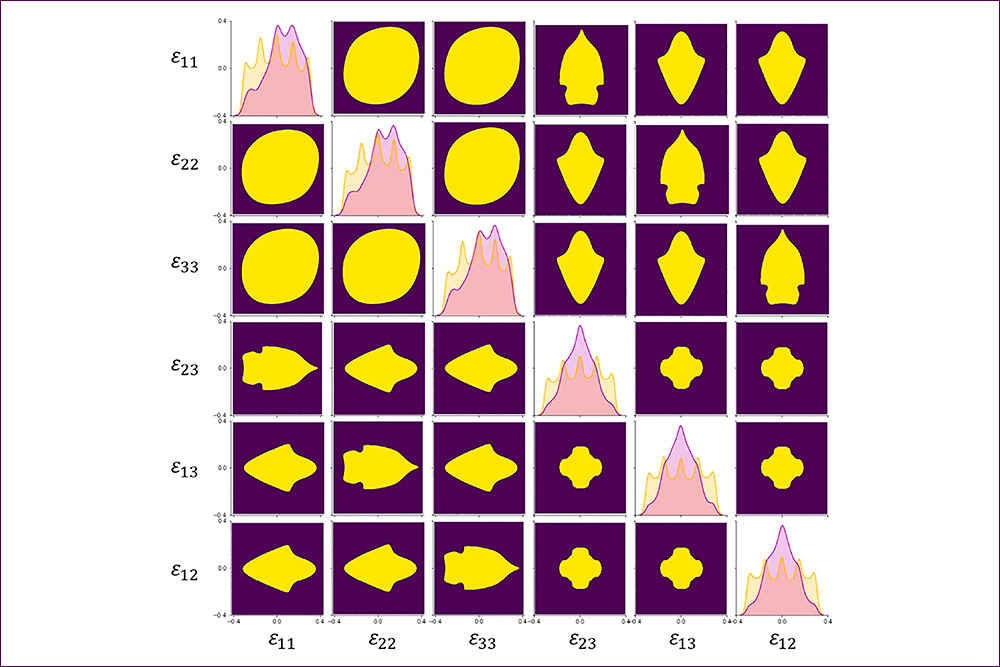
|
A first-ever complete map for elastic strain engineeringNew research by a team of MIT engineers offers guide for fine-tuning specific material properties |
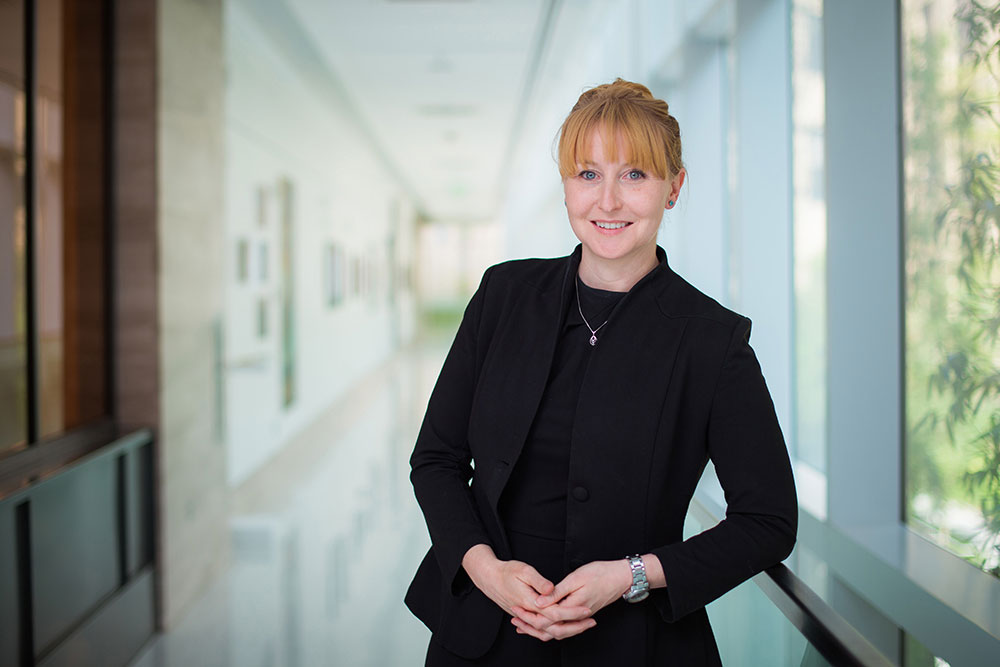
|
Anne White is one among faculty who teach MITx courses and lead cutting-edge researchWomen at MIT have been impacting their fields since Ellen Swallow Richards, the first woman graduate of MIT, was appointed chemistry instructor in 1882. Richards was an industrial and environmental chemist who established the Woman’s Laboratory in 1876 to create better opportunities for the scientific education of women, opening future opportunities at MIT and beyond. |
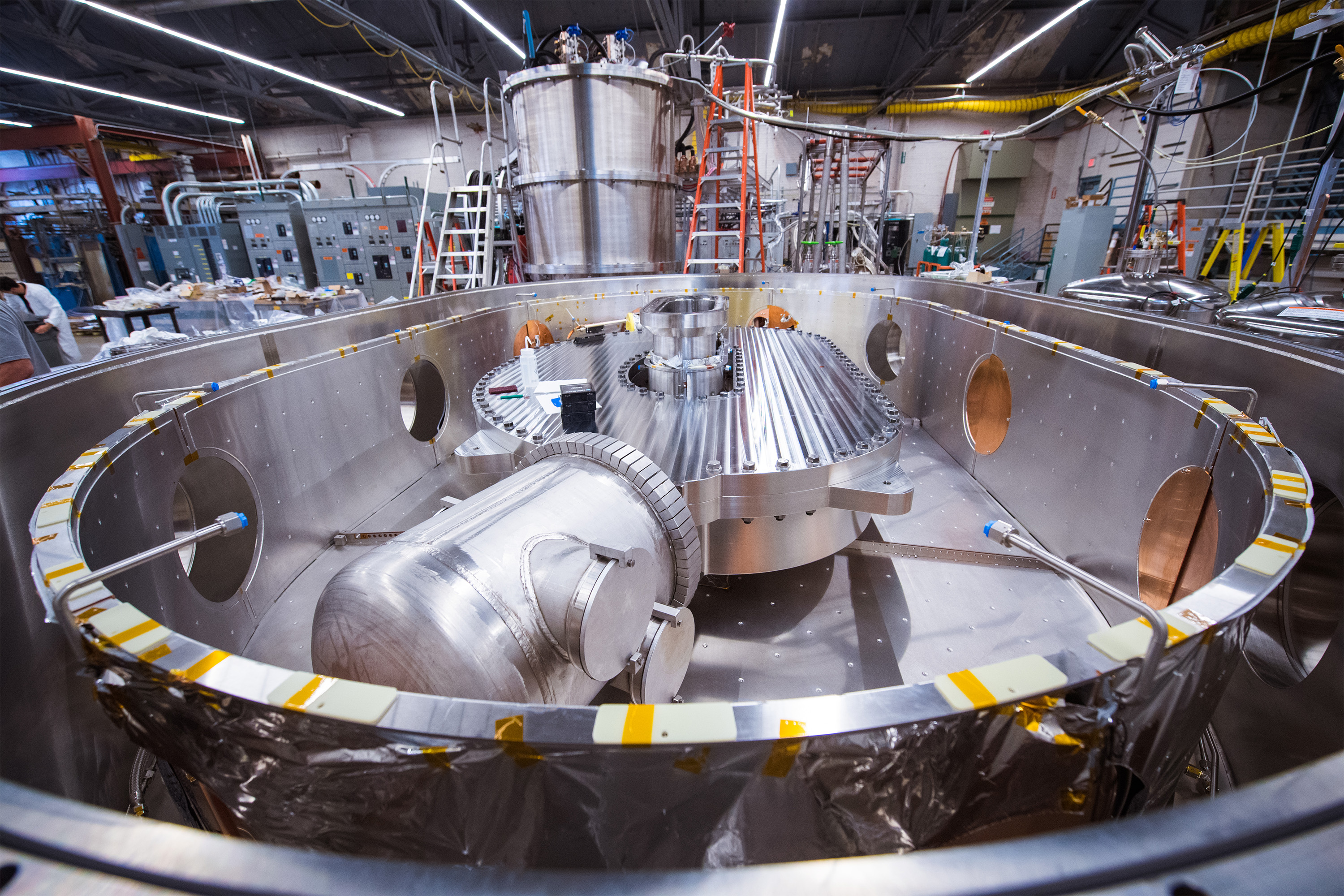
|
Tests show high-temperature superconducting magnets are ready for fusionDetailed study of magnets built by MIT and Commonwealth Fusion Systems confirms they meet requirements for an economic, compact fusion power plant. |
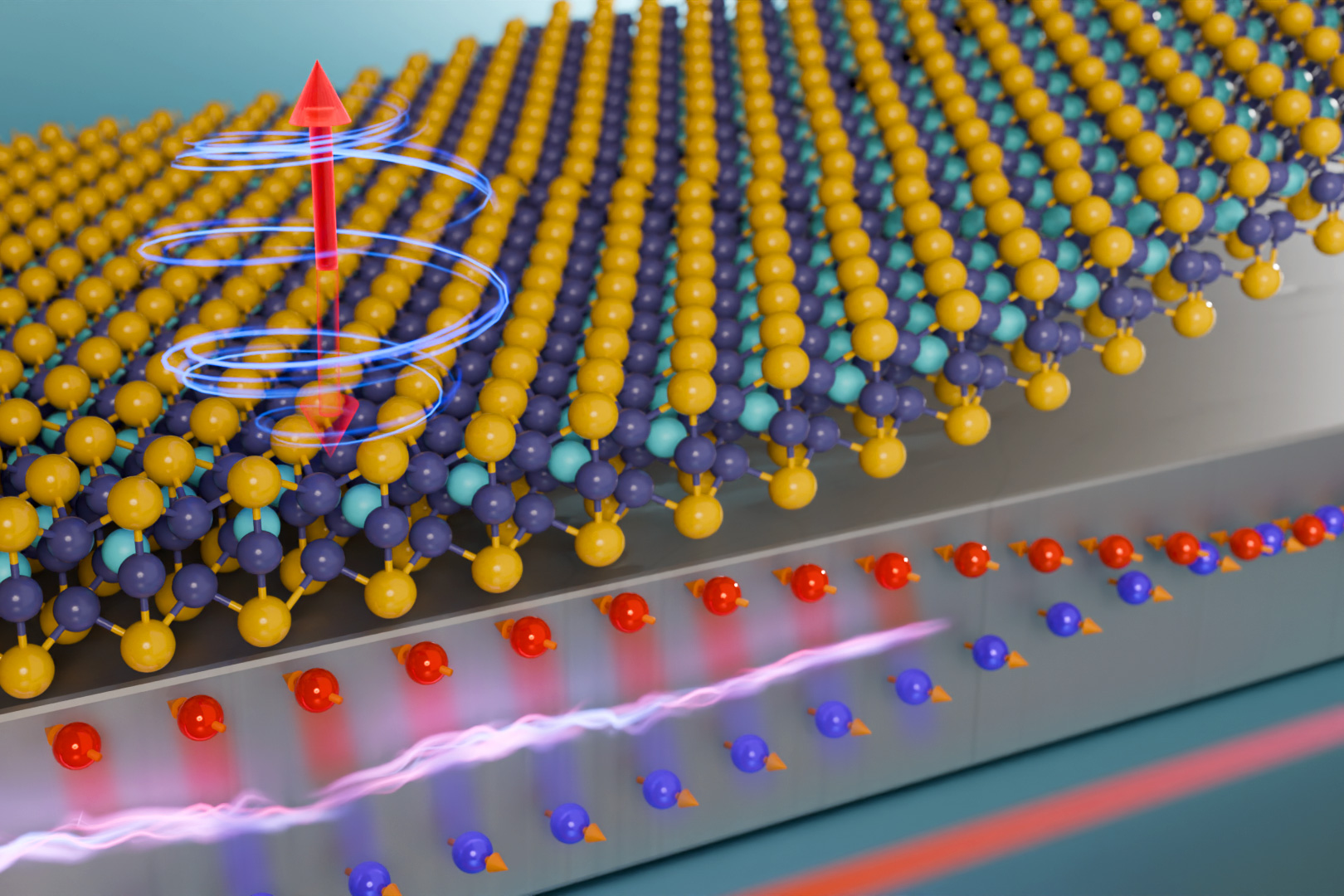
|
Researchers harness 2D magnetic materials for energy-efficient computingNSE’s Thanh Nguyen and Mingda Li with an MIT team precisely controlled an ultrathin magnet at room temperature, which could enable faster, more efficient processors and computer memories. |
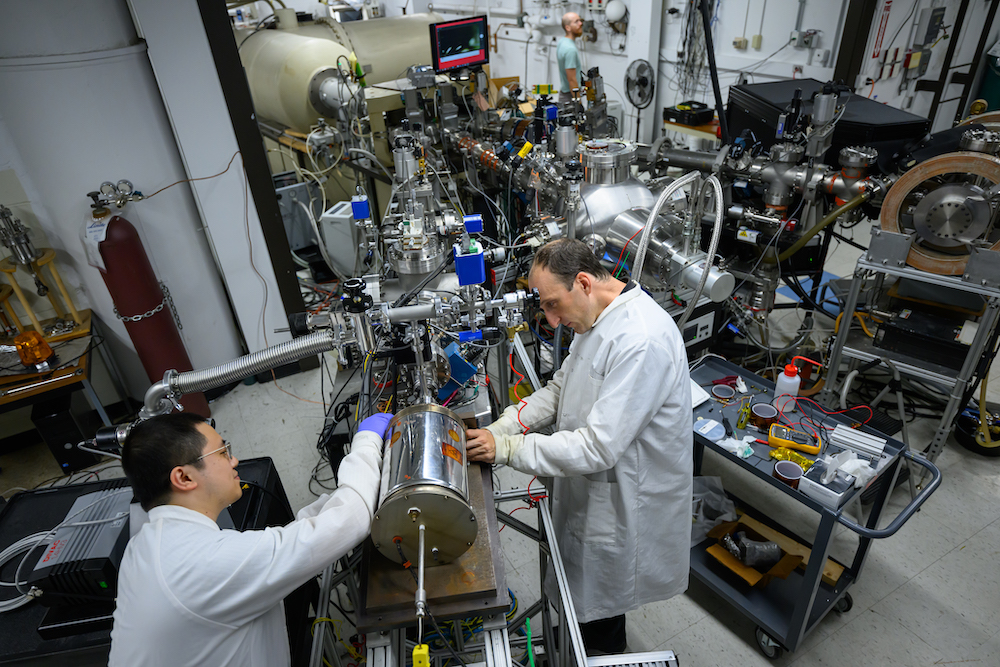
|
Future nuclear power reactors could rely on molten salts — but what about corrosion?NSE’s Associate Professor Michael Short and postdoc Dr. Weiyue Zhou have demonstrated that proton irradiation decreases the rate of corrosion in certain metal alloys. This is potentially good news for designers and builders of promising nuclear power reactors that rely on molten salts, which tend to be highly corrosive. |
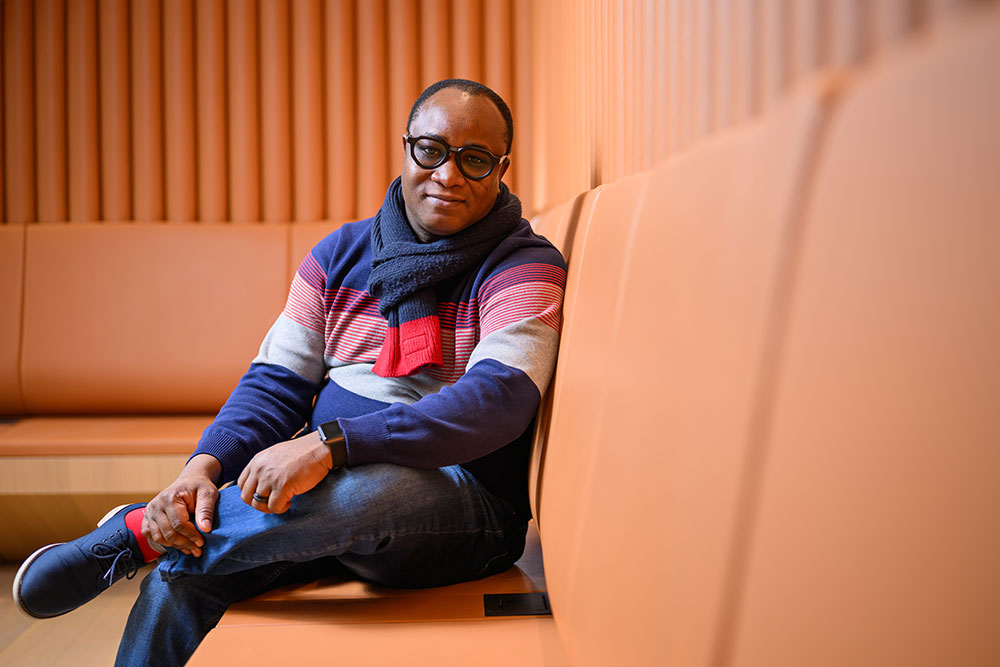
|
SPOTLIGHT: Ericmoore Jossou: Optimizing nuclear fuels for next-generation reactorsWhile working on nurturing scientific talent in his native Nigeria, Ericmoore Jossou is setting his sights on using materials science and computation to design robust nuclear components. |
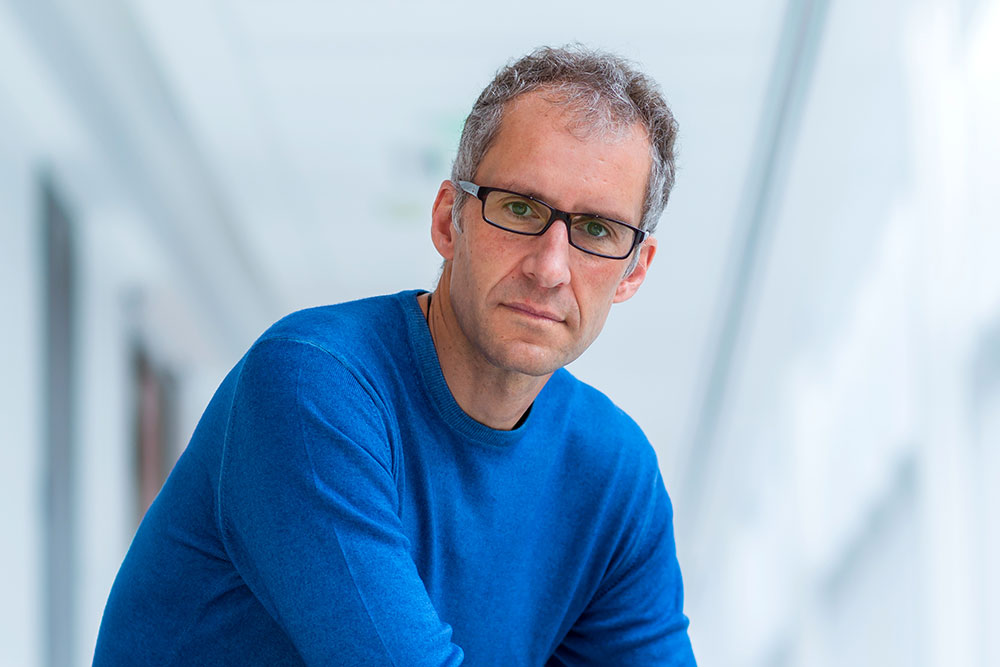
|
Jacopo Buongiorno elected to NAENSE’s Jacopo Buongiorno along with 15 from MIT, elected to National Academy of Engineering in 2024 are honored for significant contributions to engineering research, practice, and education |
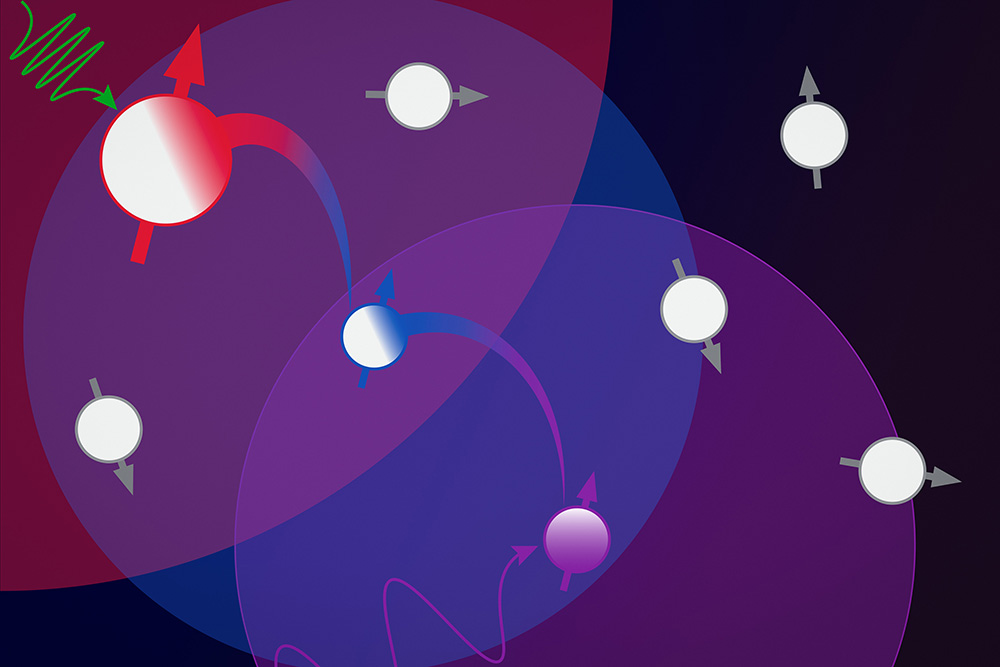
|
Technique could improve the sensitivity of quantum sensing devicesThe method lets researchers identify and control larger numbers of atomic-scale defects, to build a bigger system of qubits. |
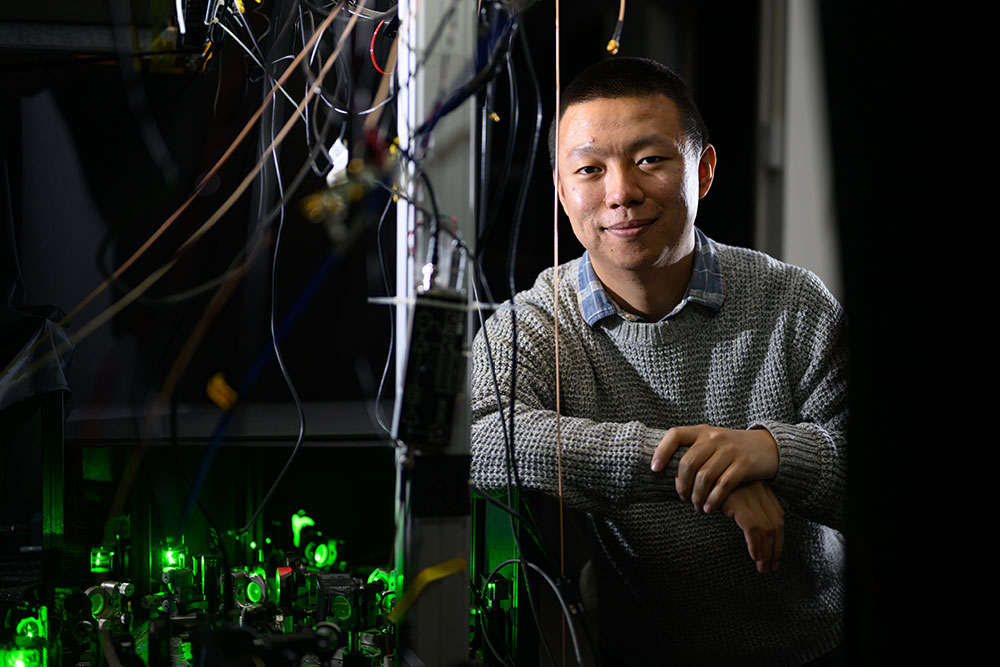
|
SPOTLIGHT: Guoqing Wang: Exploring quantum phenomena through an engineering perspectiveGuoqing Wang has channeled a deep love of physics to the study of different aspects of quantum sciences. |
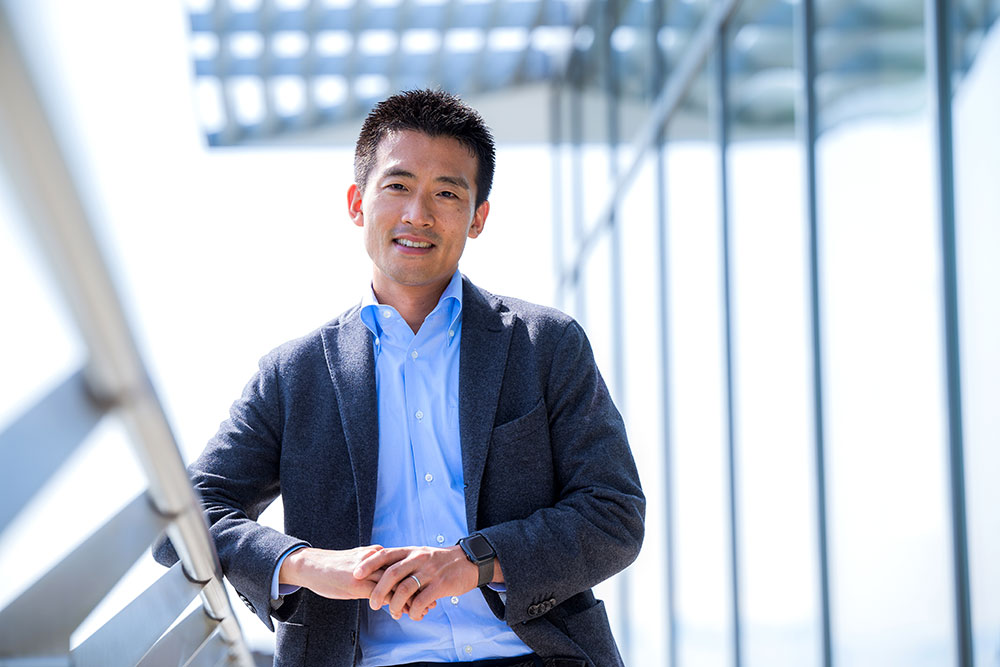
|
SPOTLIGHT: Masashi Hirose: Democratizing Access to QuantumA passion for quantum physics has led Masashi Hirose, an alumnus of MIT-NSE, to seek to revolutionize computing by creating a network of viable quantum computers. |
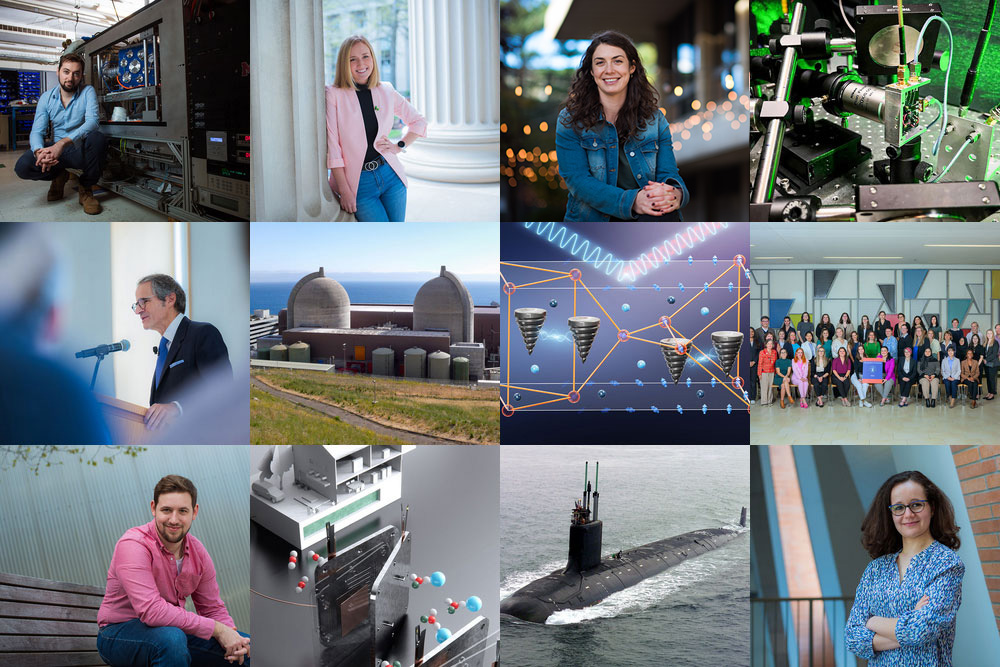
|
2023 HighlightsTop NSE news stories from the last twelve months. |
